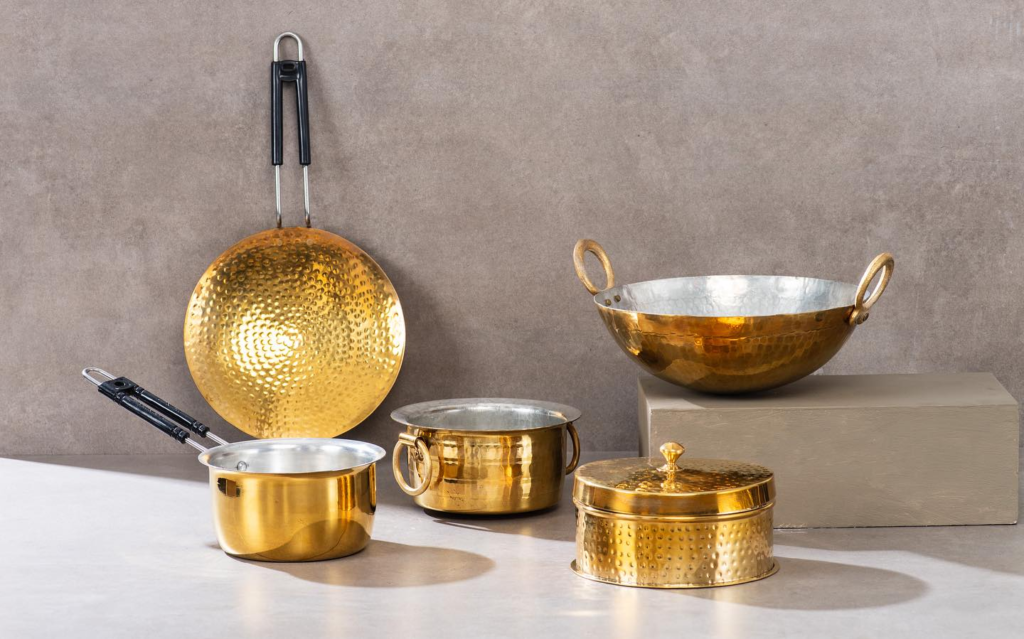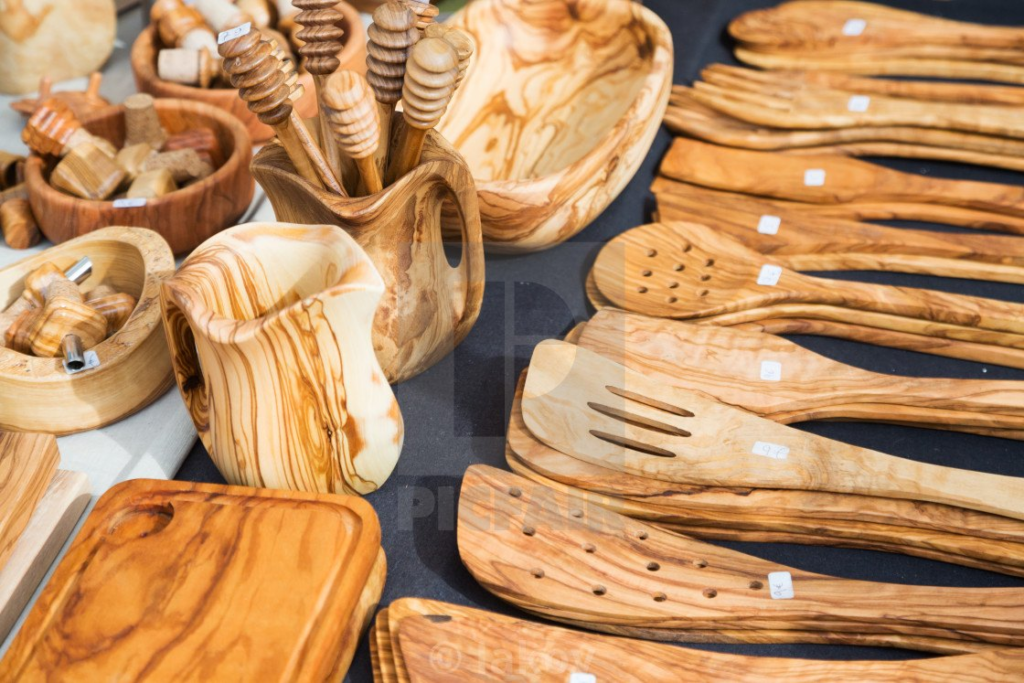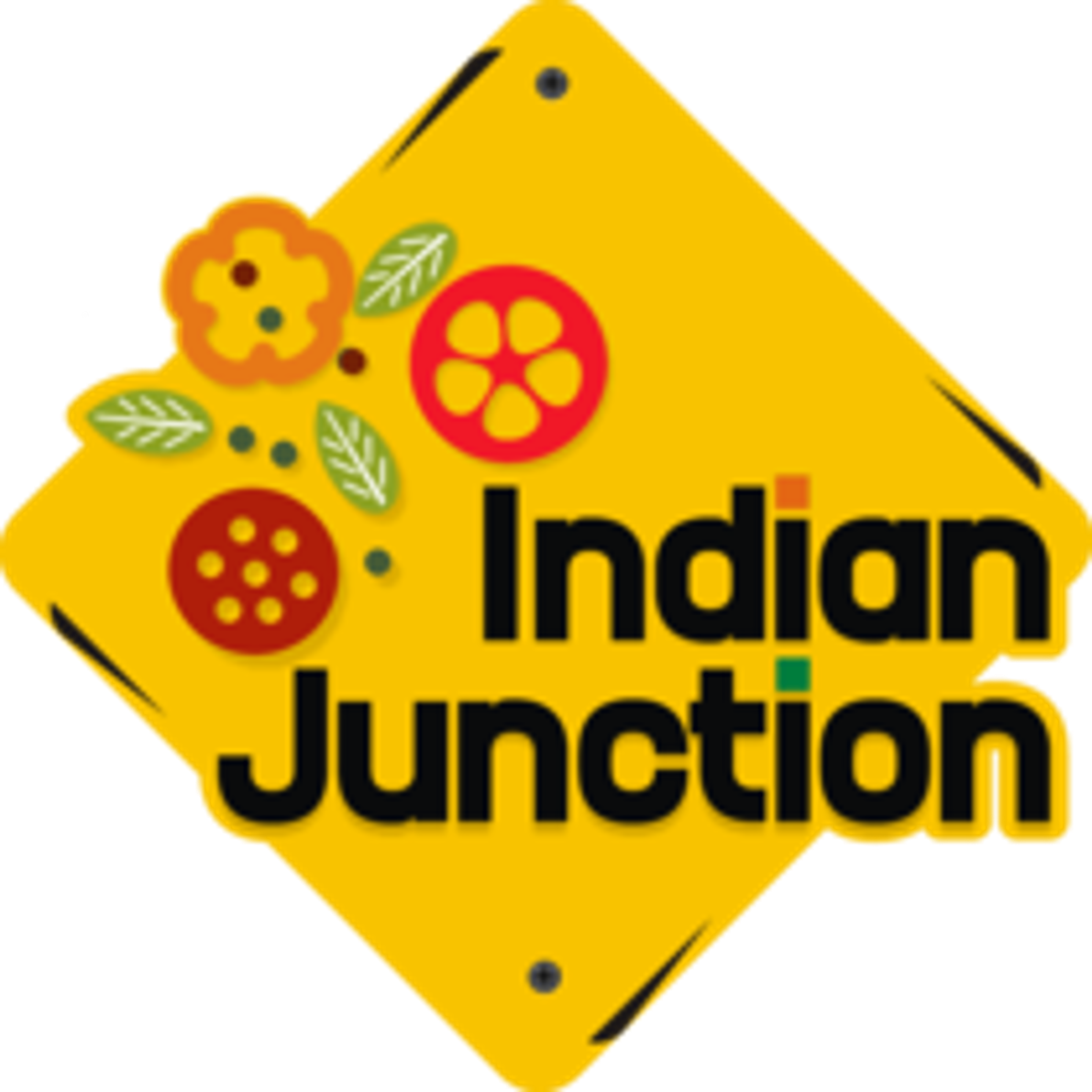Traditional Indian cooking has always been rooted in rich heritage and functionality. The utensils used in Indian kitchens are not just tools but an extension of culture and history, each designed to preserve the authenticity of flavors while enhancing the cooking process. These age-old traditional Indian cooking utensils, many of which are still widely used today, not only add a rustic charm to the kitchen but are also environmentally friendly and highly durable.
Clay Pots (Mitti ke Bartan)
Clay pots, also known as mitti ke bartan, are an iconic part of Indian kitchens. Known for their porous nature, they allow heat and moisture to circulate evenly, enhancing the earthy flavors of curries and lentils. Cooking in clay pots is not just about taste; it’s also about health, as the clay is alkaline and helps balance the acidity of food.

Iron Kadai (Loh Ka Kadai)
The iron kadai is indispensable in Indian kitchens. Known for its ability to retain high heat, it is ideal for deep frying snacks like pakoras and samosas or making dry vegetable curries. Cooking in iron utensils is also believed to boost iron levels in the diet, making it a healthier option compared to modern non-stick cookware.
Brass Vessels (Peetal ke Bartan)
Brass utensils were a mainstay in traditional Indian households. They are highly durable and ideal for slow cooking, as they distribute heat evenly. These vessels are commonly used for cooking rice, dal, or even preparing milk-based sweets like kheer. Additionally, brass is known for its antimicrobial properties.

Mortar and Pestle (Sil Batta)
No Indian kitchen is complete without a mortar and pestle. Known as sil batta in Hindi, it is used to grind spices and make chutneys. Grinding spices manually enhances their aroma and flavor, giving dishes an authentic taste that cannot be achieved using electric grinders.

Copper Water Pots (Tamba Lota)
Copper water pots have been used in Indian households for centuries for their health benefits. Known to purify water by killing harmful bacteria, these pots also add a refreshing taste to stored water. Drinking water from a copper pot is believed to improve digestion and boost immunity.
Wooden Ladles and Spoons
Wooden utensils are lightweight, durable, and safe for cooking, especially when dealing with hot oils and acidic foods. They are often used for stirring curries, flipping rotis, or mixing dough without damaging the cookware.

Stone Grinder (Chakki)
In rural households, stone grinders are still used for grinding wheat into flour or making masalas. The manual grinding process retains the fiber and nutrients of the grains, making it a healthier alternative to processed flours.
Banana Leaves and Coconut Shell Bowls
In South Indian cuisine, banana leaves are often used to serve food, imparting a unique aroma to the dishes. Coconut shells, on the other hand, are repurposed into bowls for serving chutneys or desserts, promoting sustainable kitchen practices.

Final Thoughts on Traditional Indian Cooking Utensils
The charm of traditional Indian cooking utensils lies in their simplicity, sustainability, and functionality. While modern cookware offers convenience, these age-old tools connect us to our roots and remind us of the timeless flavors of Indian cuisine. Preserving these utensils and their legacy is crucial, not just for cultural continuity but also for healthier cooking practices.
Visit Indian Junction to read more blogs related to Indian Cuisines.



